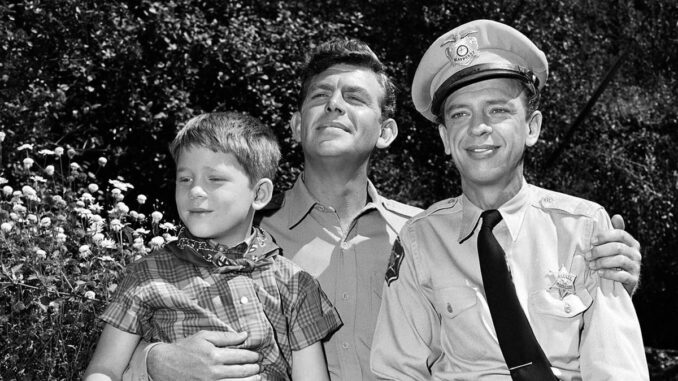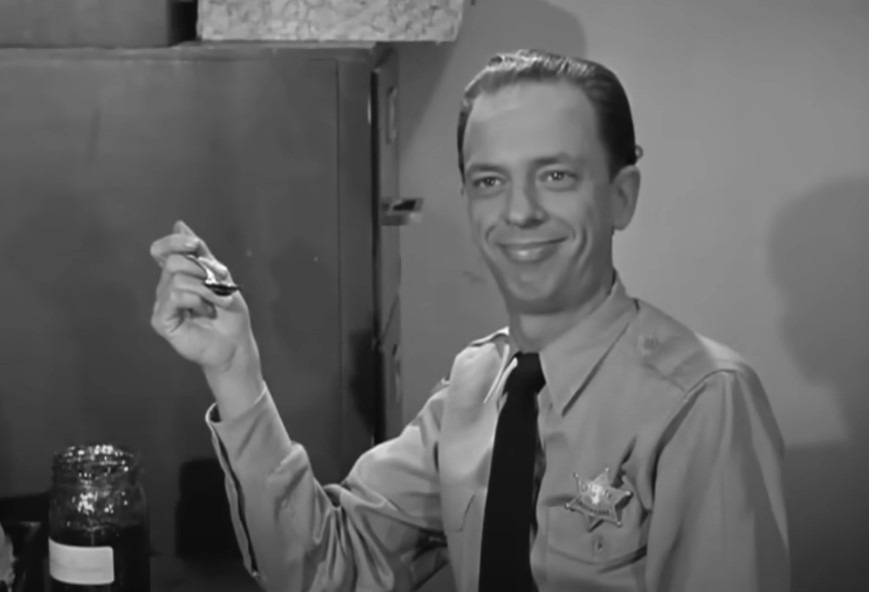
Introduction: The Man Behind the Laughs
When you think of timeless television comedy, Don Knotts as Barney Fife on The Andy Griffith Show immediately comes to mind. His wide-eyed expressions, bumbling confidence, and unmatched comic timing turned a sidekick into a sitcom legend. But here’s the kicker — Don Knotts didn’t grow up funny. He had to learn it. Yes, the man who had millions in stitches wasn’t born with a punchline in his pocket.
So how did Don Knotts learn to be funny? Let’s dive into the fascinating and inspiring story of how this beloved actor carved out a comedy legacy from humble beginnings.
The Early Days: A Quiet, Shy Kid from Morgantown
Don Knotts was born in Morgantown, West Virginia, in 1924. Far from the confident, swaggering Barney Fife character, young Don was shy, reserved, and dealt with a challenging home life. His father suffered from schizophrenia and alcoholism, which made their home a tense place. It was a heavy load for a boy — and humor became his escape hatch.
He found solace in comedy the way some find it in books or music. But back then, it wasn’t about making people laugh. It was about survival.
Finding His Voice: Ventriloquism and Stage Fright
Before Knotts ever told a joke, he tried his hand at ventriloquism. He even had a dummy named Danny “Hooch” Matador. In high school and early adulthood, Knotts began performing at local events, using Hooch to speak when he couldn’t. The dummy gave him confidence, a safe barrier between himself and the crowd.
Was it real comedy? Not quite. But it taught him timing. It taught him rhythm. And most importantly, it taught him that audiences responded when he dared to be funny.
The College Years: A Taste of Real Comedy
After high school, Knotts attended West Virginia University, where he began exploring performance more seriously. College offered a safe space to experiment, and Don started to feel the rush of laughter when a joke landed. He joined drama clubs, and his confidence grew with every line delivered on stage.
Still, he wasn’t yet a professional. But the fire was lit.
World War II and the Turning Point
Here’s where it gets interesting.
During World War II, Don served in the U.S. Army, working in a special entertainment unit. Instead of fighting on the front lines, he traveled with a troupe performing comedy sketches and variety acts for soldiers. These gigs gave him hundreds of hours of stage time.
That’s where he really learned to be funny.
These audiences were tough — war-weary and hard to please. If you didn’t bring your A-game, you were met with dead silence. This pressure-cooker environment taught Don how to read a room, land a punchline, and adjust on the fly. He didn’t just perform comedy — he lived it.

Breaking into Television: The Search for a Style
After the war, Knotts knew comedy was his calling. But finding a platform wasn’t easy.
He moved to New York City and auditioned relentlessly. His big break came on The Steve Allen Show, where his nervous-man persona made him stand out. He wasn’t trying to be slick — he leaned into his awkwardness. He owned the panic.
It was different. It was weird. And it was hilarious.
That offbeat, neurotic energy would soon become his trademark.
The Birth of Barney Fife
When Don Knotts got wind of The Andy Griffith Show, he reached out to Andy himself. The two had worked together in the film No Time for Sergeants, and Don had a gut feeling they could rekindle that chemistry.
Originally, the show wasn’t meant to have a sidekick. But Andy saw something in Don — and the character Barney Fife was born.
And just like that, Knotts had the perfect stage to showcase all the skills he’d spent decades building.
How Don Crafted the Perfect Comic Timing
What made Knotts so funny wasn’t just the lines he delivered — it was how he delivered them.
He understood comic timing like few others. A twitch of the eye, a poorly concealed smirk, a beat of silence — Don used these like a conductor uses instruments. He didn’t just tell jokes; he sculpted them.
His secret weapon? Insecurity. Barney Fife’s overconfidence, constantly clashing with his utter incompetence, made him both pitiful and lovable. It was a masterclass in character-driven humor.
Influences: The Comics Who Shaped Him
Knotts didn’t learn to be funny in a vacuum. He grew up admiring stars like Red Skelton, Danny Kaye, and Jack Benny. He observed how they used timing, facial expressions, and absurdity.
But Don always put his own twist on things. Where Kaye was confident and loud, Knotts was nervous and quiet. That contrast made him stand out.
Behind the Scenes: What Andy Griffith Saw in Don Knotts
Andy Griffith once said, “Don made everything funnier.” That wasn’t hyperbole.
Griffith initially imagined himself as the comedic lead. But as Don’s star rose, Andy shifted to the straight man, letting Don take the laughs. That’s rare in Hollywood. But it worked because Don brought gold to every scene.
Winning Five Emmys: A Comedic Master Recognized
During his time on The Andy Griffith Show, Knotts won five Emmy Awards for Best Supporting Actor. That’s no fluke.
His performances blended slapstick, nuance, and pure character comedy in a way that few others could replicate. These awards weren’t just trophies — they were confirmation that his journey from awkward kid to national treasure was complete.
Leaving Mayberry and Facing New Challenges
In 1965, Don left the show to pursue a movie career. He went on to star in films like The Incredible Mr. Limpet and The Ghost and Mr. Chicken. While his movie career was successful, nothing quite matched the magic of Mayberry.
Still, Don never stopped learning. He kept refining his act, taking on new roles, and proving that comedy isn’t just about laughs — it’s about connection.
Why Don Knotts’ Humor Still Works Today
In an age of snappy memes and one-liner zingers, Don Knotts’ humor might seem old-fashioned. But it still works. Why?
Because it’s character-based. It’s rooted in the flaws, fears, and absurdities we all feel. Barney Fife isn’t funny because he tells jokes — he’s funny because he is the joke. And we love him for it.
Lessons We Can Learn from Don Knotts’ Journey
So, what can we learn from Don Knotts’ path to comedy greatness?
-
You don’t have to be born funny.
-
Hard work beats natural talent.
-
Your flaws can be your biggest strength.
-
Practice, stage time, and persistence matter.
Don Knotts didn’t stumble into comedy. He studied it, failed at it, practiced it, and eventually mastered it.
Conclusion: The Genius Was Earned, Not Given
Don Knotts was never the class clown. He didn’t light up rooms with big energy. But he learned to be funny, brick by brick. Through stage time, observation, and relentless practice, he built a comic persona that will echo through sitcom history forever.
He showed us that humor isn’t just about jokes — it’s about timing, vulnerability, and heart. And that’s what made him unforgettable.
5 Unique FAQs About Don Knotts and His Comedy Journey
1. Was Don Knotts naturally funny as a kid?
Not exactly. He was shy, anxious, and more likely to watch from the sidelines. His humor was something he developed over time through performance and experience.
2. How did ventriloquism help Don Knotts become a comedian?
Ventriloquism gave him an outlet to perform without fully stepping into the spotlight himself. It helped him understand timing and audience engagement.
3. What made Barney Fife such a beloved character?
Barney’s blend of false confidence and true incompetence made him endearing and hilarious. Don Knotts brought empathy and precision to the role.
4. Did Don Knotts study comedy formally?
Not in a traditional academic setting. But his time in the army entertainment division and countless hours on stage were his true classroom.
5. What was Don Knotts’ biggest influence as a comedian?
He cited classic comedians like Jack Benny and Red Skelton but ultimately developed a completely original style based on nervous energy and underdog charm.
